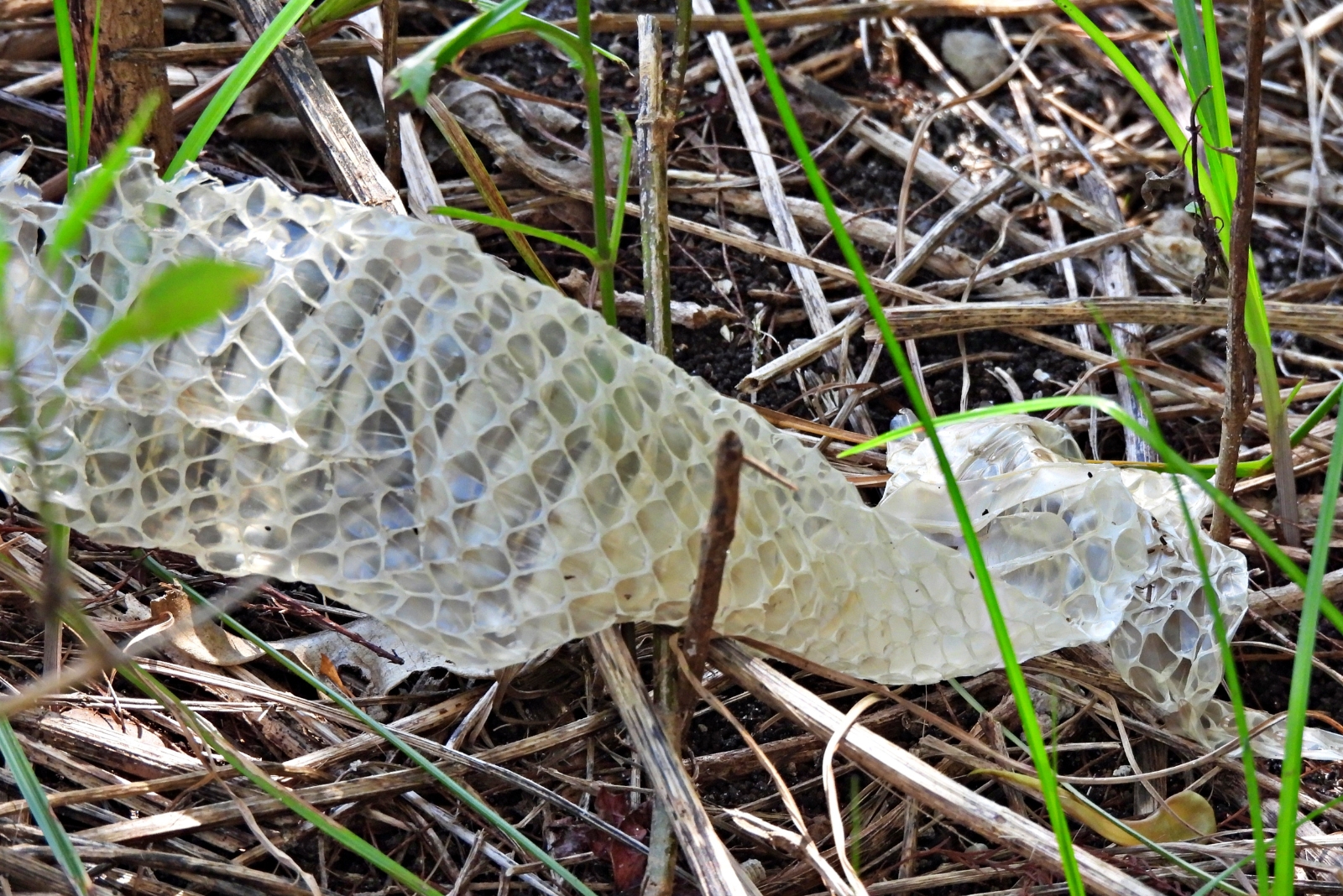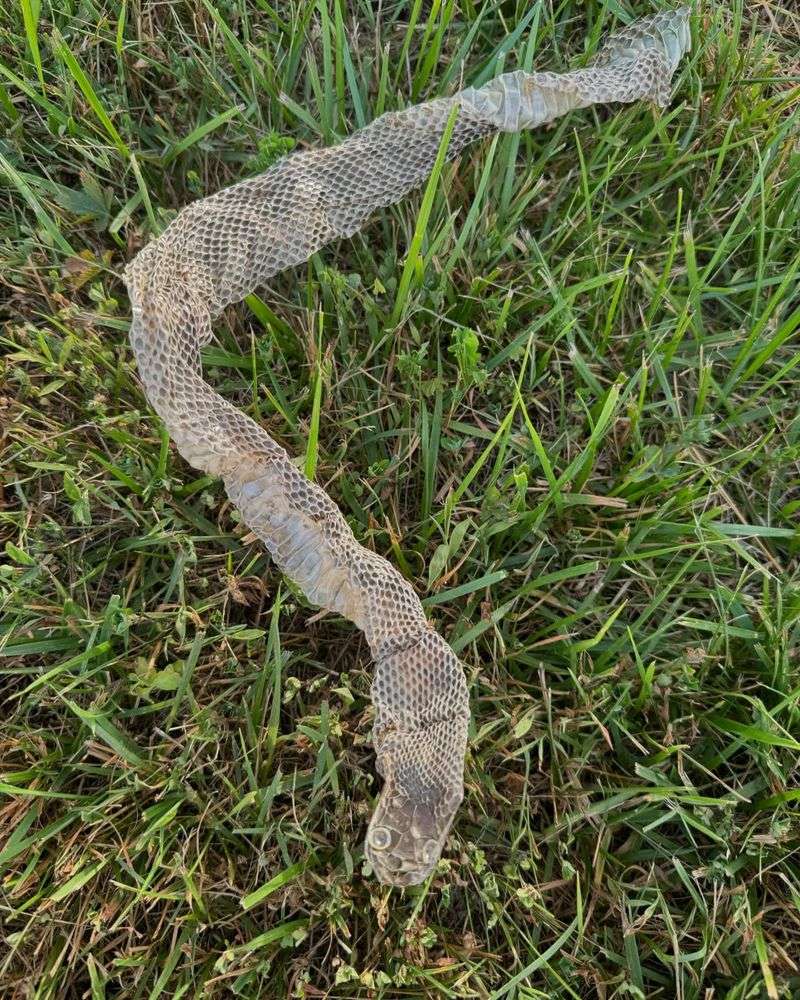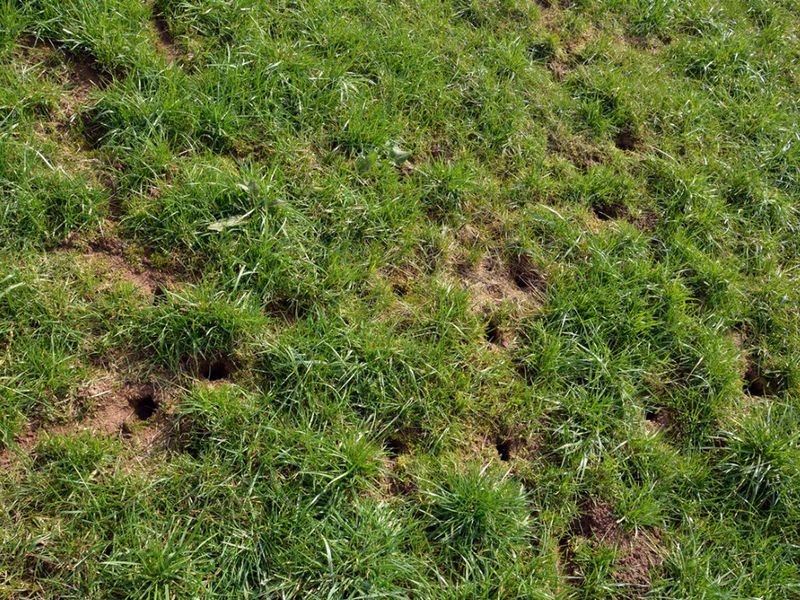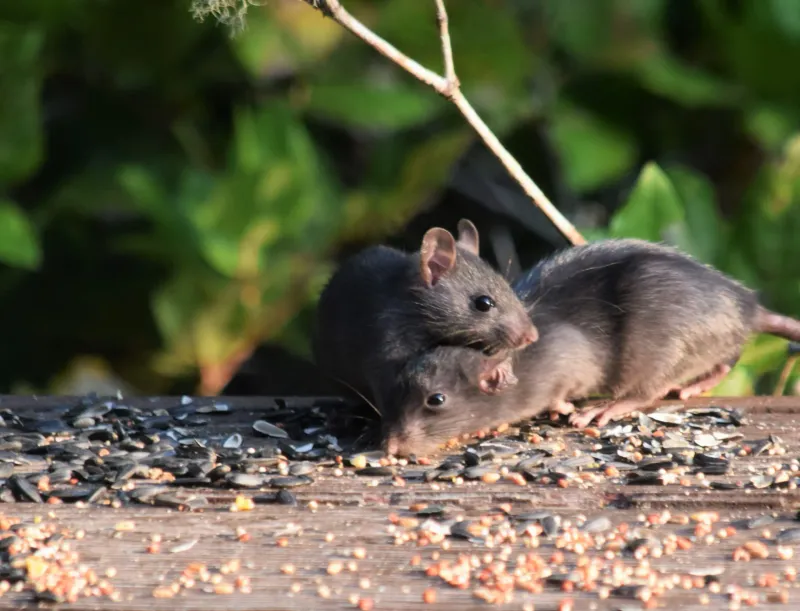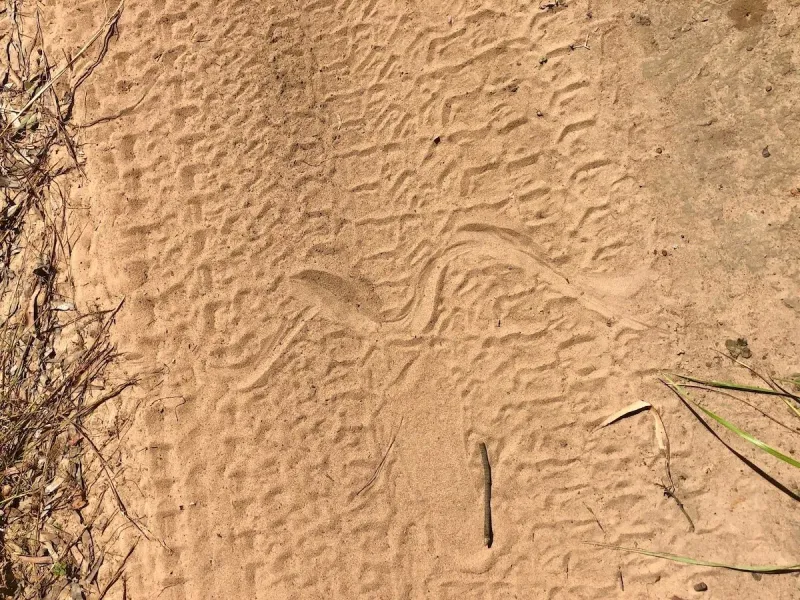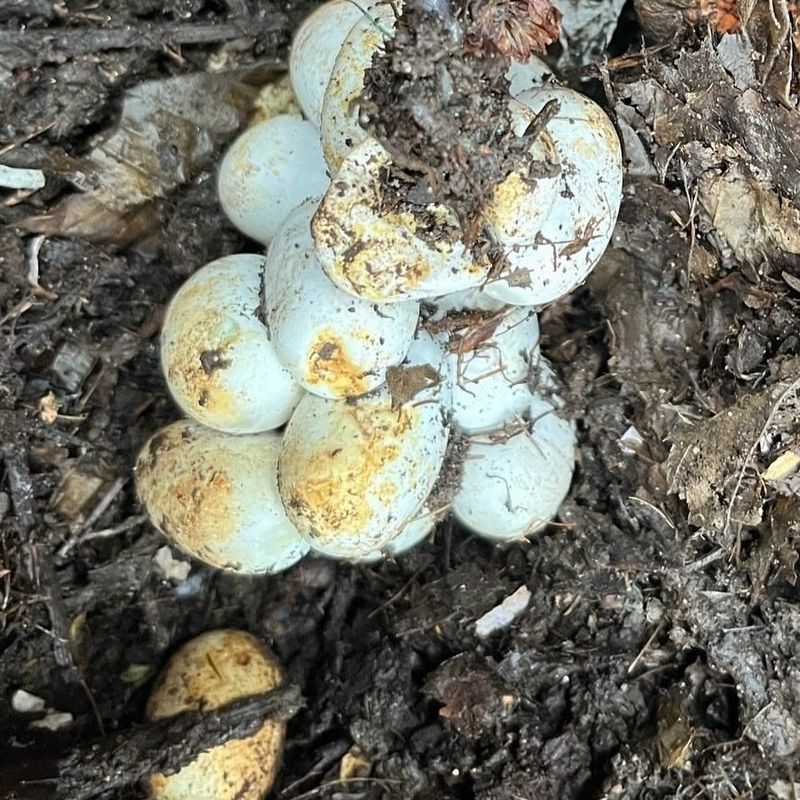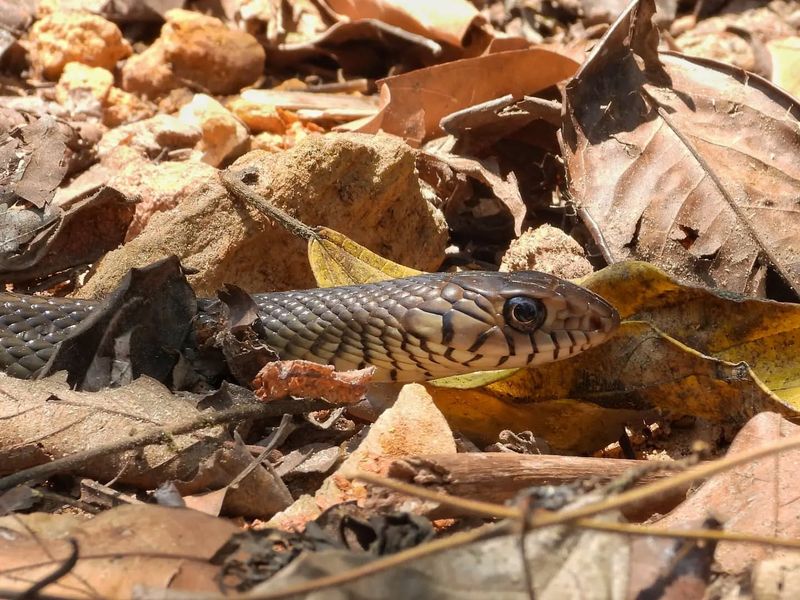California gardens are beautiful spaces filled with flowers, vegetables, and plenty of sunshine. But sometimes, unwanted visitors like snakes decide to make your yard their home.
While many snakes are harmless and even helpful, having too many around can be alarming and potentially dangerous for your family and pets.
1. Snake Skins Left Behind
Finding papery, see-through skins around your California garden is a clear warning sign. Snakes shed their old skin as they grow, leaving behind these ghostly shells near rocks, woodpiles, or under bushes.
If you spot multiple skins in different areas, it means snakes are living and thriving in your yard. Check hidden spots regularly, especially during warmer months when snakes are most active.
Collecting and removing these skins can help you track how many snakes might be around.
2. Unusual Holes And Burrows Everywhere
Small holes appearing throughout your garden could signal snake activity. Snakes often use abandoned rodent burrows or create their own hiding spots under vegetation and garden structures.
Look for openings near your fence line, underneath decks, or around the foundation of sheds. Snakes love cool, dark places where they can rest during hot California afternoons.
If holes seem to multiply or appear freshly dug, you might have multiple snakes calling your garden home.
3. Missing Rodents And Small Animals
A sudden drop in mice, rats, or lizards around your property might seem like good news at first. However, snakes are excellent hunters and their presence often explains why these small creatures have disappeared.
Watch for other changes too, like fewer birds visiting your feeders or rabbits avoiding your yard. Snakes will hunt wherever food is plentiful.
While controlling pests is helpful, too many snakes can create new problems for your outdoor space.
4. Strange Slithering Tracks In Dirt
Wavy, S-shaped trails in dusty or sandy areas reveal snake movement patterns. California gardens with loose soil, mulch, or sand often show these distinctive tracks, especially in the early morning.
Check pathways, flower beds, and areas near water sources for these telltale marks. Snakes leave behind smooth, continuous lines without any footprints.
Photographing these tracks can help experts identify what type of snake is visiting your garden and whether it poses any danger.
5. Your Pets Acting Strangely Outside
Dogs and cats have incredible senses that detect snakes before humans notice them. If your pet suddenly refuses to go into certain areas, barks at seemingly nothing, or acts nervous in the yard, pay attention.
Pets might paw at bushes, stare intensely at woodpiles, or back away from their favorite spots. Their behavior is often your first warning system.
Never let curious pets investigate suspected snake areas, as bites can happen quickly and require immediate veterinary care.
6. Discovering Eggs In Hidden Spots
Stumbling upon leathery, oval-shaped eggs tucked under boards or in compost piles indicates snakes are breeding on your property. Unlike bird eggs, snake eggs feel soft and flexible to the touch.
California’s warm climate provides perfect conditions for snake reproduction. Common hiding spots include beneath tarps, inside garden sheds, or under piles of leaves.
Finding eggs means you’ll soon have even more snakes around, so addressing the problem quickly becomes essential for maintaining control.
7. Actually Spotting Snakes Regularly
Seeing snakes frequently during gardening or relaxing outside is the most obvious sign of a problem. One occasional visitor is normal, but multiple sightings suggest your yard has become prime snake habitat.
California is home to both harmless garter snakes and dangerous rattlesnakes, so identification matters. Keep your distance and never attempt to handle or corner any snake you encounter.
Document when and where you see them to help professionals assess the situation and recommend effective solutions.

